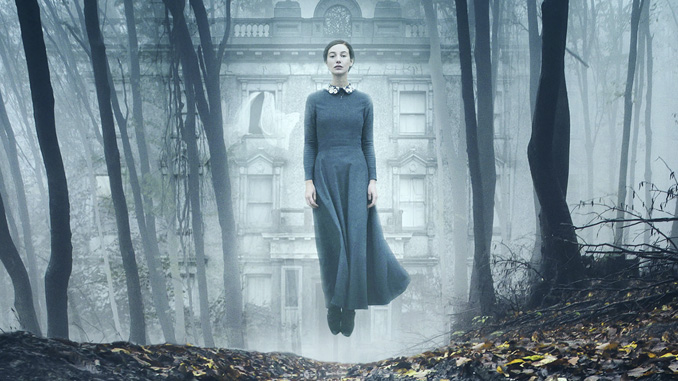
After his debut feature Let Us Prey took the Méliès d’Argent for Best European Fantastic Feature Film at the Belgium International Film Festival, Irish filmmaker Brian O’Malley began to put his love of gothic horror to work in its follow-up, The Lodgers. Set in 1920s rural Ireland, the film tells the story of twins who share their crumbling family mansion with a sinister presence. We caught up with O’Malley before the film’s midwest premiere at Cinepocalypse to talk about the return of gothic horror, finding inspiration outside of the genre, and filming at the most haunted house in Ireland.
What was it about David Turpin’s screenplay that drew you to the project?
I discovered ghost stories through a 1966 film called The Innocents with Deborah Kerr. I fell in love with that beautiful gothic elegance, which was more about mood and dread than in-your-face horror, and I always wanted to make something like that. Films like The Others and The Orphanage came along, and it felt like we had returned to a time where there was an appetite for that sort of thing.
When I read David’s screenplay, there was exchange of dialogue about 15 pages into the script that was so lyrical and so beautifully written that I knew if the rest of the script was that good, then it’s something that I really want to be involved in. It felt very much in that vein of a beautifully elegant gothic ghost story. It wasn’t about shocks and scares, but much more about mood and tone. Then, it had the added layer of underlying sexual deviation that binds the story together.
Having done Let Us Prey, which was a very violent and balls-to-the-wall horror movie, I wanted to come back with a movie that remained within the genre, but I didn’t want it to be a repeat of that type of film. The Lodgers represented an opportunity to do something that could still be considered horror, but was very different from Let Us Prey and shows a wider range of my abilities.
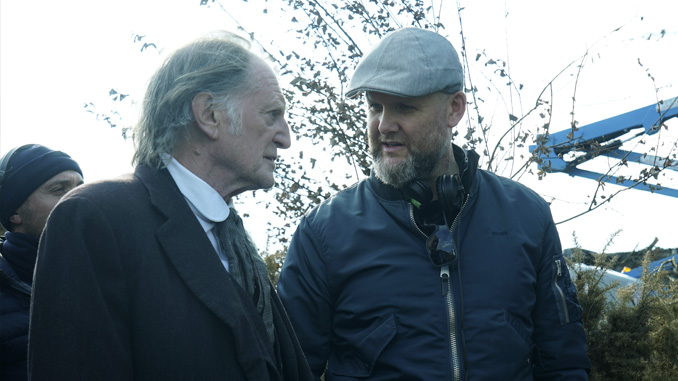
Did the quick, 22-day shooting schedule present any challenges for you? Do you feel the shorter time span forced a kind of positive focus?
It presents a challenge literally from minute to minute. You’re constantly thinking about the next shot, and there’s literally no time to explore things to a great deal. I fully storyboard my films, so I knew what I wanted to shoot, and the cast were so well prepared that once we blocked it out, we quite quickly worked out what we were going to do.
When you have that kind of a schedule, you don’t have any choice. It does mean that you have to move at a ferocious pace, but you just suck up and get on with it. When you’re working with a lower budget, you still have to endeavor to make sure that the film is as good as it can be because nobody is interested in excuses when they watch it on the screen. It was a very big challenge, but I feel we overcame it, mainly down to being prepared.
How did your approach to The Lodgers differ from that of your first feature, Let Us Prey?
I have an approach that I use for everything, which is that I’ll read the script a lot and use storyboards to explore each scene. I don’t feel bound to storyboards, and when I’m shooting, I deviate from them quite a lot. I probably allowed myself more freedom on this one because I had the confidence of having done a movie already and knowing that the preparation would pay off. The director of photography and I would look at the boards, but then we’d take in the space we were in and often try to come up with a more interesting way to shoot a scene.
In terms of my research, my film references would have been very different. This time around, I had three movies as my key references. The first was The Innocents, which I’ve already mentioned. The Catherine Deneuve and David Bowie horror The Hunger from the 1980s was also a strong visual reference. It’s similar, in ways, because it’s two co-dependent people living inside a creepy house for a very long time.
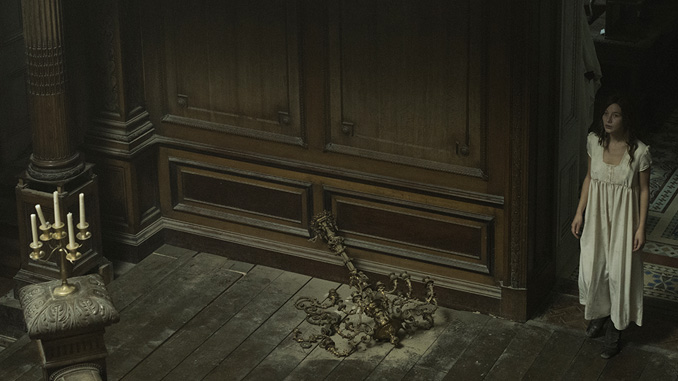
Another left-of-center reference was The Duke of Burgundy. It’s a beautifully strange tale of an unusual sexual scenario, and I just love the mood and the tone of that film, so it played a role in how I looked at The Lodgers.
I always think that if you’re only referencing horror, all you’re going to make is a horror that feels like other horrors. I think it’s always important when you’re making a film to have a reference outside the genre you’re working in so that you can bring something else to the table.
Loftus Hall seems like the absolute perfect location for the story. Was any of the production informed by the atmosphere of the mansion once you were in there?
I can’t really believe how lucky we were getting that house. The script had called for certain physical characteristics of the house in order to tell the story. You’ve got this trapdoor at the base of the stairs that really is the center of the haunting, and there’s a physicality to it that increases throughout the film and reveals itself fully in the climax.
We’d looked at a lot of houses around Ireland, and they were either in a state of complete and utter dereliction, or they had been so magnificently restored that you weren’t allowed to do anything to them. This house is very unusual in that it hasn’t been restored. It’s still completely preserved from the remodeling it received 250 years ago.
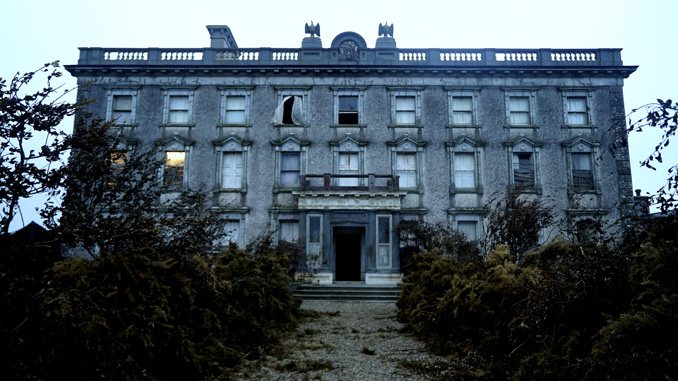
However, in the 1990s, there had been a leak in the roof that had destroyed the floor at the base of the stairs. It allowed us to build in the physical tank, which you’ll see in the film in the way that the water manifests itself. We actually built a new floor over the beams and made it look like it had always been there. There wasn’t really any other house in Ireland that would have allowed us to do that, so it was very strange that it was absolutely perfect.
The other thing it had going for it is that there was perfect symmetry on the top landing between the corners of the house and the center bedroom. We could have the twins in the left- and right-hand side of the house and the master bedroom in the middle, which all relates directly back into the story. If I had designed a set where I could do anything, I think it would have ended up looking an awful lot like this, and that’s pretty remarkable.
So much of the movie relies on the acting and chemistry between Rachel and Edward. What was the process like to cast Charlotte and Bill in those roles?
Charlotte was someone I hadn’t been aware of, but one of the producers recommended her. Her parents are English, but she grew up in Sitges, Spain, so she’s culturally Spanish but speaks English with a perfect English accent. She’s very beautiful, but she has almost white-blonde hair and incredibly dark skin.
When she walked in the door to the audition, I was not sure if she was right for our gothic heroine, but she was such an amazing actress that I realized I was just momentarily blinded. Her performance was just so outstanding that I totally believed she was the character. It was a very simple process of telling her to stay out of the sun and dye her hair darker. She really just stole that role as soon as she walked in the door. Once she did a few scenes, it was hers.
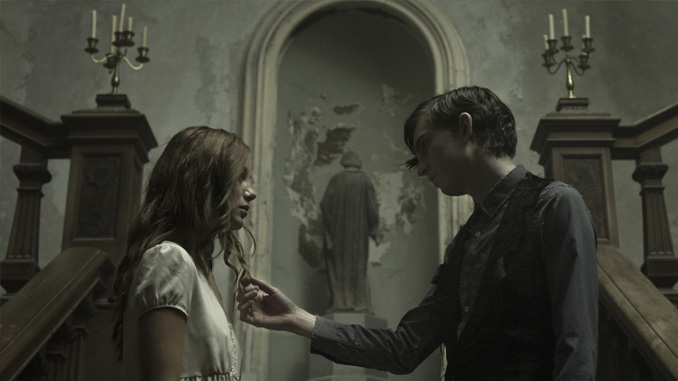
In terms of Bill Milner, he had been in a film that I really love called Son of Rambow when he was about 11 years of age. When I was reading the script for the first time, I had an image in my head of what Edward would look like, and when I looked him up, he looked exactly like what I had in mind. We brought him in and he did a read-through with Charlotte, and there was an amazing strange chemistry between the two of them. He was really able to bring that dark, uncomfortable sexual energy to it.
We all went down to the location a week before we started shooting and Bill and Charlotte became really good friends really quickly. It made the process a real joy because they were just a pleasure. They enjoyed each other’s company immensely, and even though we were shooting 10 scenes per day, they had become such good friends that it lifted the burden from them somewhat. It certainly made my experience with those two actors a pleasure, even though there was a lot of pressure.
There have been some fantastic horror movies coming out of Ireland in the last few years, like The Canal and From The Dark. What are your thoughts on the current horror landscape there?
I think it’s really interesting because if you go back 20 years, a lot of Irish directors came from theatre, and what we have now is a generation of Irish directors who actually come from a love of cinema. We’re now seeing Irish directors make genre movies, which is something you didn’t really see 20 years ago.
We also have this rich heritage of telling stories, and ghost stories are very much part of our culture. I think the world over, horror is a fantastic way for a director to get into cinema, and it’s a great way to do something interesting on a relatively low budget. It’s one of the few genres that allows you to do that.
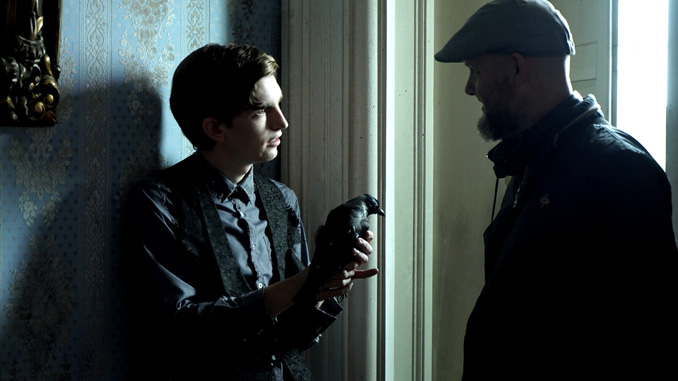
What are some of the modern horror films or directors that you’ve been impressed by recently?
In terms of horror films that I’ve enjoyed recently, I loved It Follows, which did the festival tour the same time as Let Us Prey. I enjoyed The Babadook, and I think The Witch was a masterpiece. I thought that was an absolutely incredible film. I didn’t see the Let The Right One In remake, but the original was phenomenal.
In terms of directors, the directors that I love are actually outside horror. Michael Mann, David Fincher, and William Friedkin are the type of directors that I’ve always been drawn to.
It’s interesting that William Friedkin did The Exorcist, even though he’s not a horror director. The Exorcist and The Shining are two of the great horror films of all time and were made by non-horror directors. I’ve always found that interesting, and that’s why when I’m making a movie, I try and look for inspiration outside of horror.
If the two best horror films ever made — in my opinion — were by non-horror directors, then there’s value in seeking inspiration outside of horror alone.
What are you working on next?
I’m attached to another gothic horror movie, but unlike The Lodgers, this one is pure horror. It’s a very smart story about a surgeon who goes down to a convent in rural Ireland to clear his name of medical malpractice, but discovers that the Catholic Church has allowed hundreds of babies to die and be buried in unconsecrated ground. It’s a period film, but it actually turned out to be true. A couple of years ago, it was discovered that this had actually happened in a part of Ireland, which was absolutely horrifying. So this is a period gothic horror about that story.
I’m also writing a science fiction film with the writer of The Lodgers, David Turpin. It’s a high-concept science fiction story that will appeal to people that enjoy films like Ex Machina and Moon.
If you’re in Chicago, don’t miss the midwest premiere of The Lodgers at Cinepocalypse on Friday, November 3.

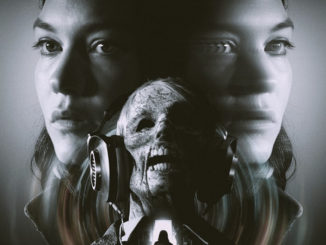
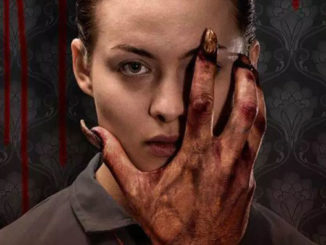
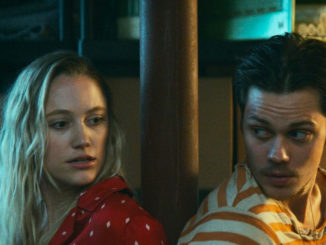
Be the first to comment